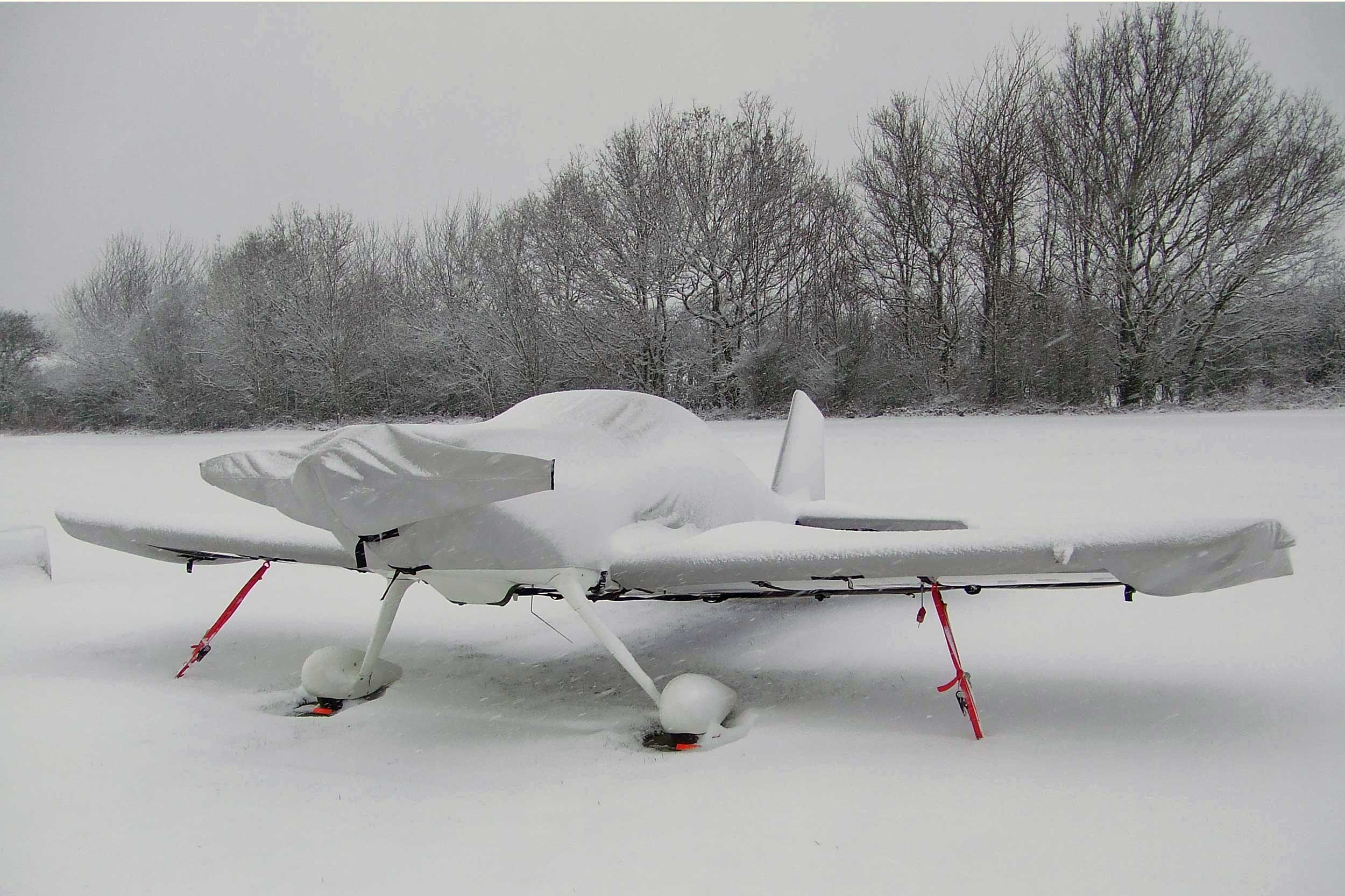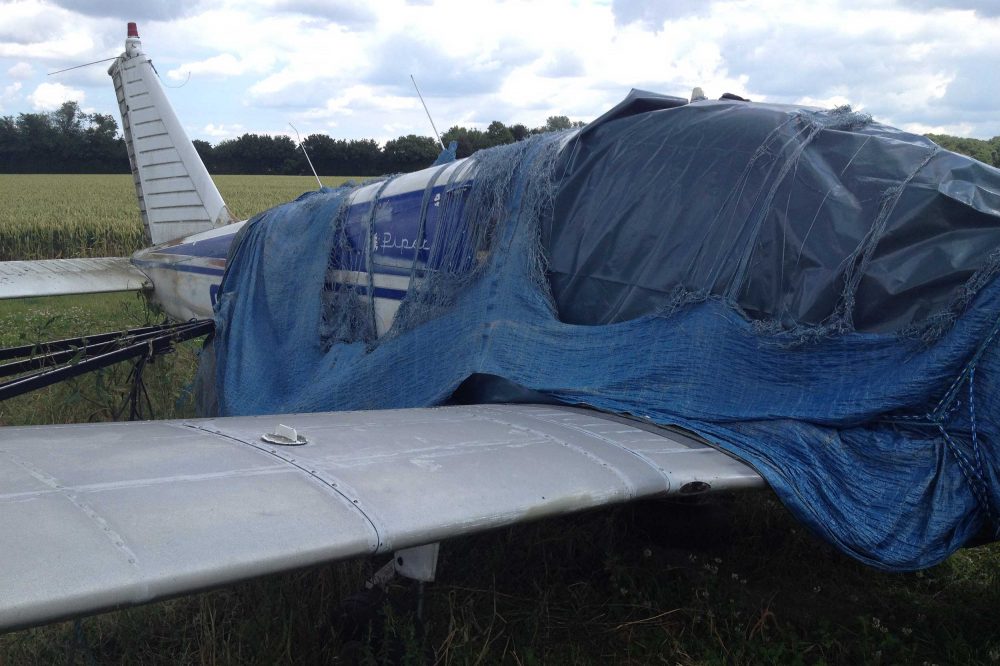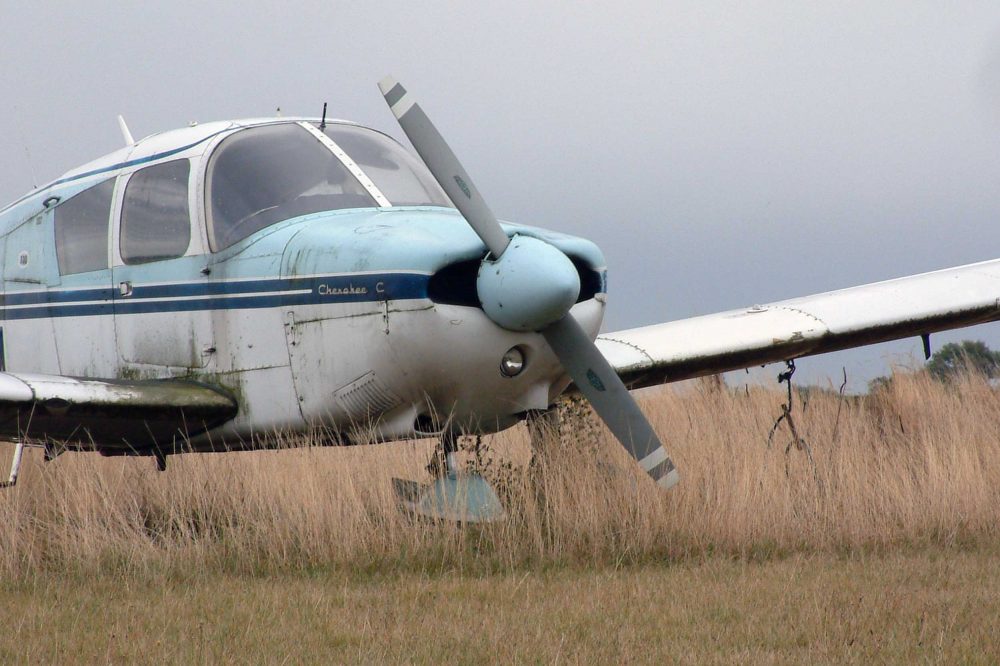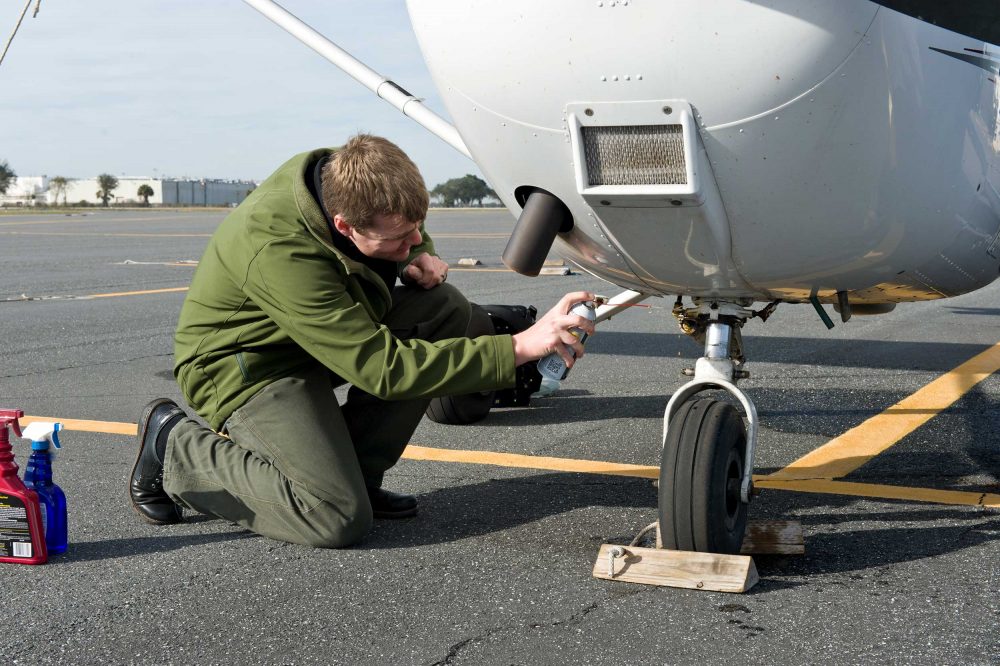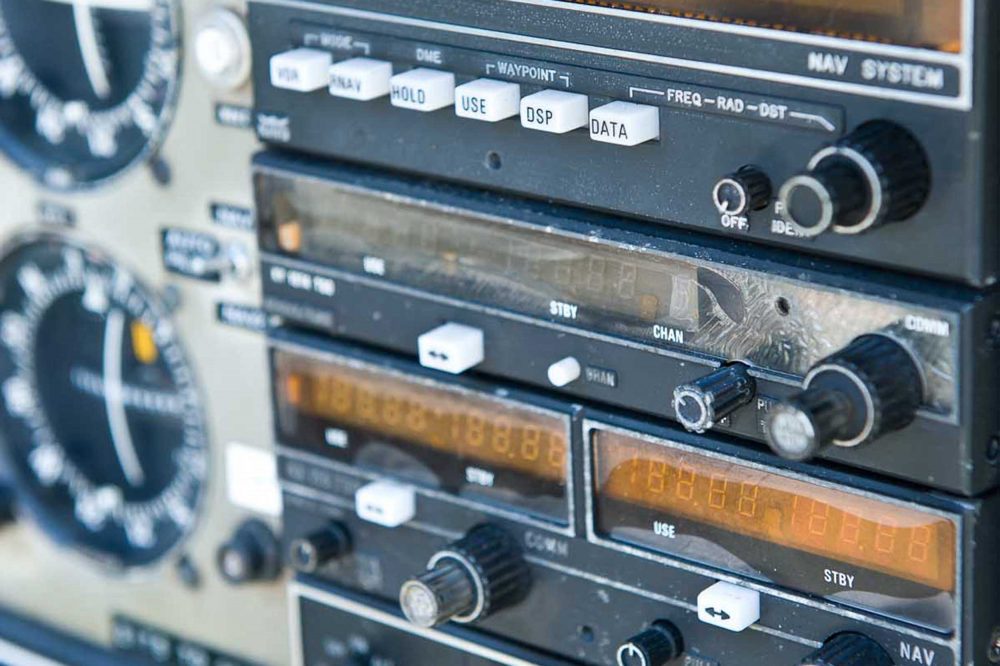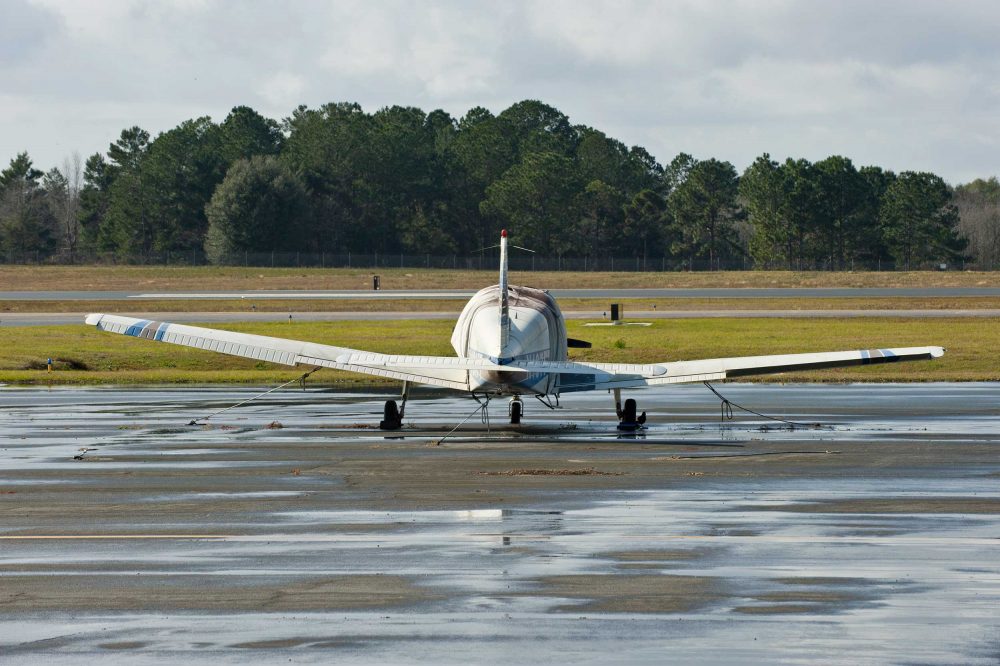Airframe
Apart from the normal check of the airframe, particular attention must be paid to the lower surfaces of the fuselage, wings and empennage to check that all the drain holes are clear – it is all too easy to concentrate on the parts that are easier to see. Sod’s Law dictates that, by and large, the upper surfaces of aircraft are not watertight and water will flow to the lower points of the airframe, carrying with them dirt and crud, which promptly block the small drain holes.
Obviously, high-wing aircraft should not have the upper surfaces forgotten at inspection time, just because they tend to be more difficult to access. It may well require a stepladder or trestle – having a look from the wing strut-mounted steps on a Cessna, for instance, is not sufficient.
Pitot-static systems are particularly prone to blockage either by water, ice or insects. They find the ports extremely attractive places to occupy, something that many airliners suffered from after their Covid-19 lockdown-induced periods of inactivity. Not only should all the ports be securely blanked off whenever the aircraft isn’t flying, but if system drains are fitted, ensure these are checked prior to flight. Incidentally, warning flags on blanks are good for raising attention, but if left to their own devices they can really hammer the aircraft’s exterior finish after a time. If more than normal blanks have been fitted (such as static port blanks) make sure they have all been removed.
Flying controls should be checked carefully for water accumulation. The Piper PA-28 (among many other types) has an all-moving stabiliser with drain holes in the lower surface to prevent the build-up of water. In the winter, water freezing here could cause a serious control surface imbalance. Other places prone to ice forming are inside propeller spinners or tail fairings, where there are fair-sized holes to allow the rain in, but only very small drain holes to let it out again, which are easily blocked by debris.
‘Birds are clever and will find their nest again even if the aircraft has been flying’
Airframe covers help keep the paintwork protected and the weather out, if the aircraft is outdoors. Modern covers are available in breathable materials, which help keep the airframe dry underneath. An added bonus of a fully covered aircraft, if flying in winter conditions, is that there is no ice to remove before you can go flying.
Engine inlets are commonly blanked off, but outlets rarely are. As spring approaches, a careful inspection should be carried out on anywhere that birds may decide to nest. A cursory glance on top of the engine is not enough. Inside the lower cowling, beneath the engine as well as inside, induction and oil cooler inlets need checking, as do inside tail fairings and up inside the undercarriage bays of aircraft with retractable wheels. Birds are clever and will find their nest again even if the aircraft has been flying, so keep checking.
Rodent attack is possibly the worst enemy of an aircraft, and it does not matter if the aircraft is parked indoors or outside, the little blighters can break in. Supposedly, mice can get through a hole no bigger than a biro!
Mice can get inside the airframe via the undercarriage legs or cover straps that are left hanging down. Some people have had success fixing tall metal boxes around undercarriage legs to stop their ascent as mice can easily climb up inside PA-28 spats and leg fairings – and from there it’s straight into the wings and then the fuselage. Once inside, they will make nests out of seat cushions, seat belts and carpets. If they decide to nibble on the wiring loom then there are potentially going to be some serious issues. Keep an eye out for droppings as well as loose materials. Lift up seat cushions and have a look inside the rear fuselage as well, if possible. Have a chat with your engineer if in doubt as to what systems and spaces exist in your aircraft, which might be susceptible to rodent attack or nest-building.
Control locks should always be fitted when the aircraft is left outdoors and ideally when parked in a hangar, too. Some controls are linked to other systems such as the rudder to nosewheel steering, and ailerons to the rudder circuit. If the aircraft is to be moved with locks in place, then it’s a good idea to put a warning notice inside the windscreen alerting people to the fact.
Aircraft covers are good devices to help prevent flying control damage due to excessive winds. A careful inspection is required of the control system as far as possible. Operating links may have rod end-bearings attached with a threaded bar that is a potential weak point in the system if the control is moved in an incorrect or excessive manner. Rudders can take a real hammering in strong winds, although some are connected to the nose or tailwheel steering mechanism providing a form of self-locking but if not they, (as with any flying control), should be locked at a strong point – ideally at the point at which the control is normally moved, be it by cable or actuating rod.
Regardless of where an aircraft is kept, the systems must be kept lubricated. The only guide for what needs lubricating and with what lubricant is the aircraft manufacturers’ manuals, although it isn’t always as obvious as it might be. For instance, Piper PA-28 aileron piano hinges are sheathed in a Teflon sleeve and ordinary oils may well harm this sleeve. One often sees grease liberally applied to rod end-bearings and hinges. This can actually attract and retain dirt, and as the excess grease hardens and cracks allows water to pool exactly where you do not want it to, and therefore it can actually promote wear and corrosion.


